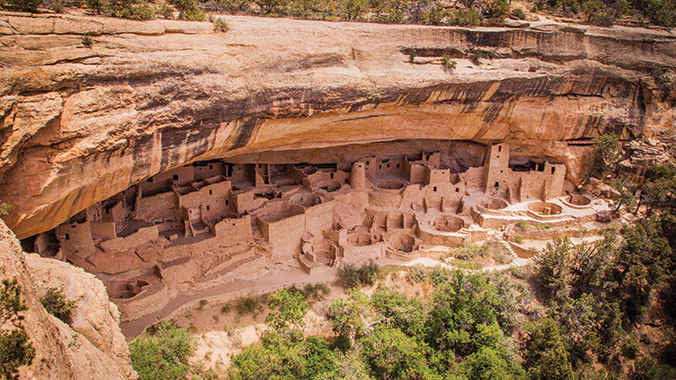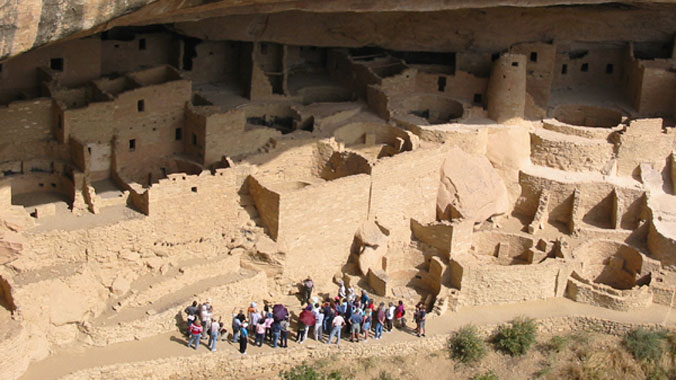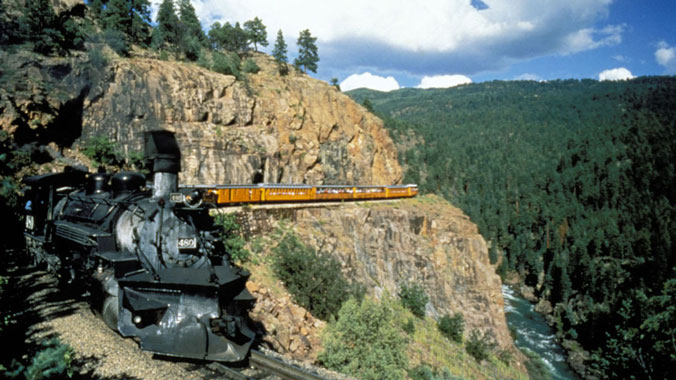Plane
Arrival day is on Sunday, September 14, 2025.
Meet the group at Far View Lodge in Mesa Verde, CO
Start of Trip: 4:00 p.m. hotel check-in; 4:30 p.m. Program Registration; 5:30 p.m. Welcome Dinner.; 7:00 p.m. Orientation
Your trip ends on: Friday, September 19, 2025 in Departures at Far View Lodge
End of Trip: 8:00 a.m. after breakfast; 11:00 a.m. hotel check-out.
Ground Transportation Options
Program Arrival Airport
Cortez Municipal Airport (CEZ)
The estimated travel time to the check-in location is
45 minutes
.
The estimated distance to the check-in location is
30 miles
.
Sunshine Rides
Taxi
Phone: 9707777777
Cost: Please call transfer service directly for rates. Prices subject to change.
*Advanced reservations are required.
Airport is serviced by Denver Air with flights from/to Denver and Phoenix. https://denverairconnection.com/
Personal vehicles/rentals are recommended as shuttles can be difficult to arrange and may be cost prohibitive (Estimated R/T shuttle cost is $275). Make to sure to verify ALL details with taxi company as Durango is a small town and this route is likely uncommon for them. In addition, no in-park shuttles, so personal vehicle is necessary for free time exploration.
Program Arrival Airport
Durango–La Plata County Airport (DRO)
The estimated travel time to the check-in location is
90 minutes
.
The estimated distance to the check-in location is
55 miles
.
Sunshine Rides
Taxi
Phone: 9707777777
Cost: Please call transfer service directly for rates. Prices subject to change.
*Advanced reservations are required.
Durango's air service is at La Plata County airport served by United and American Airlines with flight originating from Denver, Phoenix, and Dallas.
Personal vehicles/rentals are highly recommended as shuttles can be difficult to arrange and may be cost prohibitive (estimated R/T shuttle from Durango is over $400. In addition, no in-park shuttles, so personal vehicle is necessary for free time exploration.





